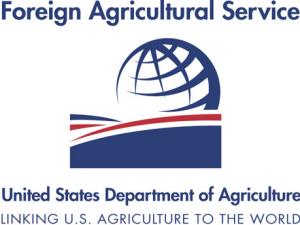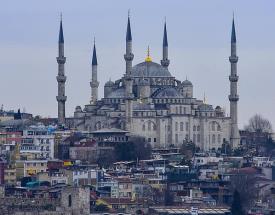 The USDA-FAS GAIN Report 2020-0029 on broiler production in Turkey was released on August 31st. After a muted 2.9 percent expansion from 2019 to a level of 2.2 million tons in 2020, the USDA projects a 2021 RTC production of 2.31 metric tons.
The USDA-FAS GAIN Report 2020-0029 on broiler production in Turkey was released on August 31st. After a muted 2.9 percent expansion from 2019 to a level of 2.2 million tons in 2020, the USDA projects a 2021 RTC production of 2.31 metric tons.
Given a population of 82 million, domestic consumption is in the region of 48.5 pounds per capita with chicken as the predominant animal protein.
 Factors impacting growth and profitability of the chicken industry in Turkey include COVID shutdowns which have eliminated tourism, fluctuation in currency (Turkish Lira 7.4 to USD). Feed cost is high at $255 per ton. Turkey has been unable to purchase soybean requirements from the U.S. due to non-approval of some GMO cultivars resulting in the purchase of more expensive soybeans from Latin America. National regulations based on Halal forbid the inclusion of animal by-products in feed.
Factors impacting growth and profitability of the chicken industry in Turkey include COVID shutdowns which have eliminated tourism, fluctuation in currency (Turkish Lira 7.4 to USD). Feed cost is high at $255 per ton. Turkey has been unable to purchase soybean requirements from the U.S. due to non-approval of some GMO cultivars resulting in the purchase of more expensive soybeans from Latin America. National regulations based on Halal forbid the inclusion of animal by-products in feed.
Retail prices for chicken escalated sharply from 2018 to $0.86 per pound in July 2019 with moderation to $0.79 per pound in July 2020. High prices represent a constraint to domestic consumption. The Government took action against the major broiler producers early this year as a result of alleged collusion in the industry that is effectively an oligopoly.
In 2021 21.7 percent of production will be exported, representing a 9.9 percent increase over 2020. Half of export volume is shipped to neighboring Iraq, but inherent problems of logistics and civilian unrest in this nation and also in Syria present ongoing problems to producers. Hong Kong, Angola, and the Eurasian Union are less significant importers although product is delivered to as many as 80 nations. The government of Turkey provides a subsidy of $24 per metric ton for exported chicken meat.
Chicken farmers receive rebates on electrical power and value added tax on chicken and eggs is set at one percent, compared to eight percent for other food items. As with all chicken industries, margin between production cost and wholesale price determines volume over the intermediate term. The optimistic forecast of a five percent increase in output in 2021 will in all probability not be attained.